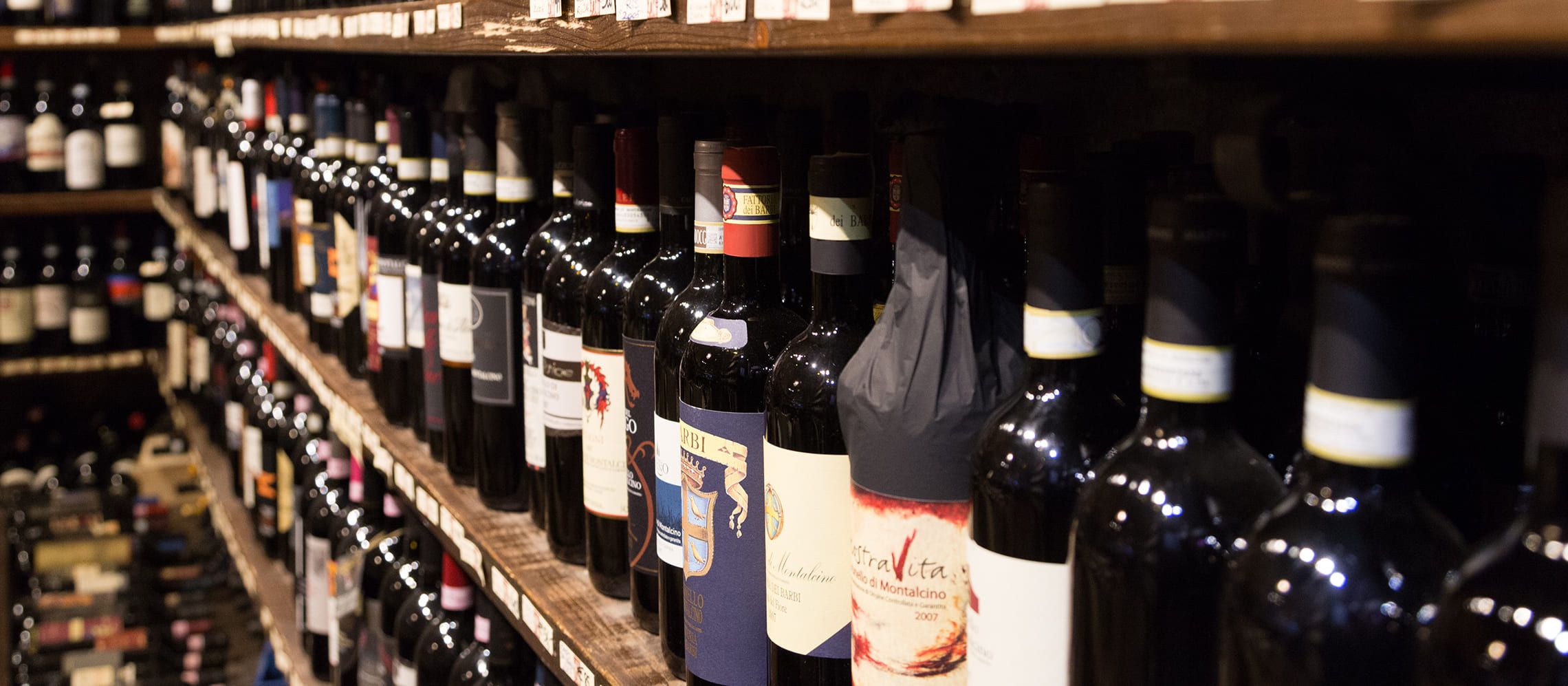Early Bird Deadline
30 November 2025
Judging
Date
23 & 24 March 2026
Winners Announcement
22 April 2026
30 November 2025
23 & 24 March 2026
22 April 2026

By: Alistair Morrell
Understanding the principles of marketing and sales – using market knowledge to optimise the sales opportunity – are absolutely essential if you’re a supplier, be it a winery or some other type of supplier, looking to find an importer to sell your wines in the UK.
In a nutshell… the UK market can be a difficult nut to crack! The country has no real history or tradition of wine growing, and with only a small indigenous wine industry itself (there are around 500 UK wineries and some 2,000 hectares under vine) this really means there is no industry to defend and little local loyalty, so it’s probably one of the most open markets anywhere, with wines sourced from around the world.
To satisfy the country’s thirst for wine – it’s a category that accounts for a third of all alcohol consumption in in the UK, worth over £14 billion, amounting to some 26 bottles a head a year – the country has to import on a massive scale: so much so that the UK is the world’s largest per capita importer of wine, accounting for some 20% of the world’s total wine imports, making it the 6th largest wine market and 2nd largest trader by volume, even though it has a smaller population than Germany and the USA, which beat it in the rankings.
All this also makes the UK one of the most competitive, so business success really depends on understanding the market dynamics and getting the marketing, products and proposition right.
That includes understanding that, with so little history and tradition, such a wide choice in terms of suppliers, there’s little loyalty in either trade or consumer terms, so price plays an absolutely key role in any supplier offer – added to which a considerable amount of what we may call ‘mass-market’ wines are sold at discounted levels and on promotion. Cost / price is further exacerbated by the fact that the UK has the 3rd highest alcohol duty rates in the EU (because of market size, this means it contributes 40% of all excise duty collected by the EU) with almost half the cost of the average retail selling price of a bottle of wine made up of this duty, plus value-added tax. Excise duty rates have nothing to do with quality, but everything to do both with ABV and wine type: for example, there’s £2.23 duty on every 75cl bottle of still wine, but £2.86 duty on sparkling wine… plus 20% VAT!).
Quality does, of course, matter in terms of the medium-to-long term when working with importers, distributors and retailers. Actually, the level of competition and the high number of sources of supply really means there’s little incentive for buyers along the distribution chain to jeopardise trade reputations and compromise on value-for-money on any level, especially when what may be termed the ‘mass market’ accounts for as much as 95% of off-shelf consumer retail sales, with wines bought and consumed in as little as 48 hours. The rate of product turnover in the on-trade sector may not be as fast, but the highly competitive nature of this business arena, where guest satisfaction and reputation are as one, also mean the dynamics of quality and value continue to dominate when it comes to what wines will find their way onto a venue’s drinks list. The other factor is an outlet’s mark-up and margin, with a rule-of-thumb calculation of 3 times trade price (on that basis, getting on for £7 is down to the duty element alone in the pricing of the most basic bottle of still wine in a bar or restaurant).
One other factor continues to play a part: wine consumption continues to decline, down as much as 20% in the last 10 years, although value remains static (Vinexpo 2018). So the competitive space for active brands remains dynamic and any producer/supplier looking to find an importer needs to have product ranges that will inspire.
In today’s pre-Brexit times, with the added pressures of economic uncertainty put on importers, it could really pay a supplier to work with an importer to find solutions to some of the logistics issues, such as facilitating stock availability (including stockpiling to avoid future shortages), but also, in financial terms, to work to reduce the risk of adverse market fluctuations and manage that risk by agreeing short-dated forward contracts which lock in a rate for delivery later. Putting aside wine types, quality levels, and prices, this would enable a supplier to go an importer with ideas that could help deal with a number of challenges, with the result that these importers are more amenable to the contact being made and all the more likely to want to talk.
Whilst, ultimately, it’s the importer who decides what makes commercial sense and what doesn’t, understanding the market dynamic allows a supplier to be ready with meaningful answers to likely questions. But what about the wine itself – whilst the quality, price and supply may all be fine, does it actually reflect what British consumers want to drink?
When the UK market for wine really took off 25 years or so ago, supply was predominantly from ‘Old World’ countries such as France, Germany and Italy with wines which, whilst they might have a rich history that wonderfully reflected their regional wines, their ‘terroir’ and their (local) traditions, this didn’t mean they necessarily chimed that well with the British consumer. It took ‘New World’ producers, initially from Australia, to employ the most basic marketing tenet of understanding what the consumer actually wanted to drink in terms of taste profiles and price points. The result: wine consumption went from around 6 litres per head a year in the early 1990s, to closer to 21 litres today, testament, if ever it were needed, to the fact that what was being supplied before was not actually what consumers wanted to drink
The point is that, ultimately, it’s the consumer who creates the market, so a supplier has to take into account that, just because something has been produced in a certain way pretty much forever in their home market, this is no recipe for commercial success in other markets: it can – will – pay massively to understand consumer needs and wants, and be willing, and able, to supply wines to a brief to match where the wines are being pitched and whether high-end niche market, or the higher volume, mass market. All the more so because different types of product, and different marketing strategies, require different types of importer and distribution partners.
Having understood the importance of marketing in any approach that’s going to be made to an importer, how do you find that actual importer to present your proposition? Fortunately, as it happens, and only since 2017, the Alcohol Wholesale Registration Scheme now requires every business that trades in alcohol to be registered and all that information is publicly available.
A tough nut to crack – well certainly not a piece of cake – but with the right marketing, the right product(s) and the right importer, one that can still provide worthwhile business opportunities.
 The article is contributed by Alistair Morrell, Wine Inspector, wine industry consultant, journalist and, commentator. Over 30 years as a wine business professional, Alistair shares his global knowledge, network, and experience of growers, importers, distributors and buyers.
The article is contributed by Alistair Morrell, Wine Inspector, wine industry consultant, journalist and, commentator. Over 30 years as a wine business professional, Alistair shares his global knowledge, network, and experience of growers, importers, distributors and buyers.
Show your wines where it matters. Get your products tasted by top sommeliers, buyers and experts at the London Competitions — enter now.